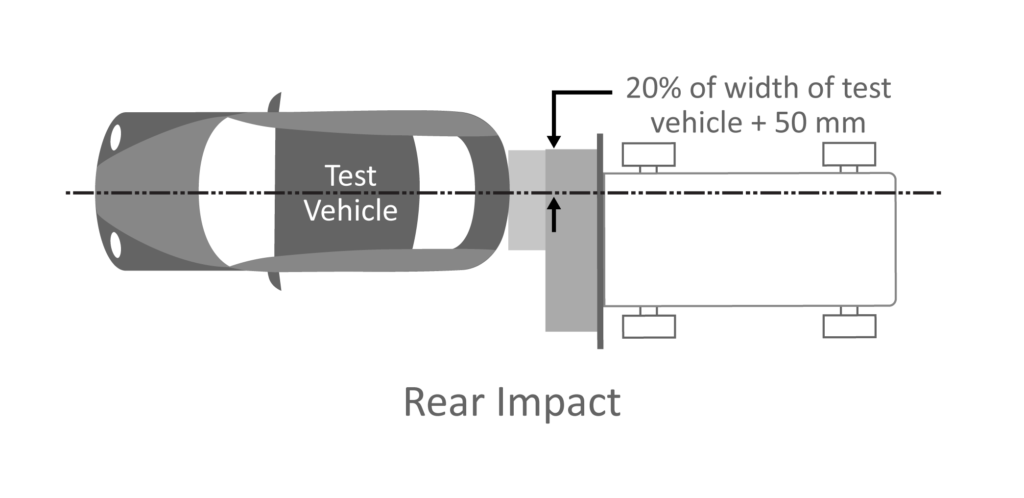When using particle based airbag inflation method using *AIRBAG_PARTICLE, the initial air in the airbag can be modeled using control-volume approach or as particles. This is governed by the parameter IAIR. When IAIR=1, a uniform-pressure model is used to specify the initial atmospheric temperature inside the bag. When IAIR=2, one can specify the number of air particles specified using the NP_AIR parameter. The number of gas particles and the air particles must be specified such that the molar mass per particle should roughly be equal for both air and gas during collision.
In cases where the bag is inflated at a time much later than time zero, air particles can interact with the structure and cause instabilities. In such cases, it is recommended to specify NRELAX = #cycles before inflation is activated. When NRELAX is > 0, then the air particles are excited but offer no forces on the bag until the number of cycles reaches NRELAX. When NRELAX<0, then the air particles in addition to suppressing any force application on the bag until the number of forces reach NRELAX, forces develop only when the air particles collide with the incoming gas particles. This helps to keep the bag in stationary position until the inflation.
Thanks to Dr. Jason Wang for sharing the details.















